Kramis / Global
Rugs to riches
The ‘made in Switzerland’ tag is more associated with precise timekeeping than carpets. But one firm in the village of Altbüron is showing that delivering a high-quality product can go a long way – and it’s happy to stick to the domestic market too.
Carpet making is a trade associated with countries such as Iran or India – not Switzerland. Yet for the past 25 years, Swiss couple Felix Kramis and his wife Doris have been changing this perception with handmade carpets that combine Swiss diligence and craftsmanship with the art of hand-tufting.
Kramis operates out of the village of Altbüron, a half-hour drive from Lake Lucerne. The workshop comprises 12 staff producing up to four carpets a day (about 30 sq m in total). Bespoke commissions are frequent and Kramis’s high-quality products help sell the nation’s brand – the firm was tasked with kitting out different Swiss embassies worldwide. “It doesn’t matter how complicated or individual customer requests are. Our goal is to deliver a product within four weeks from when it’s ordered,” says Felix.
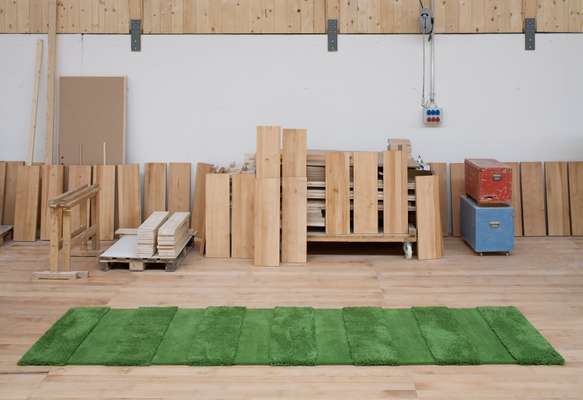
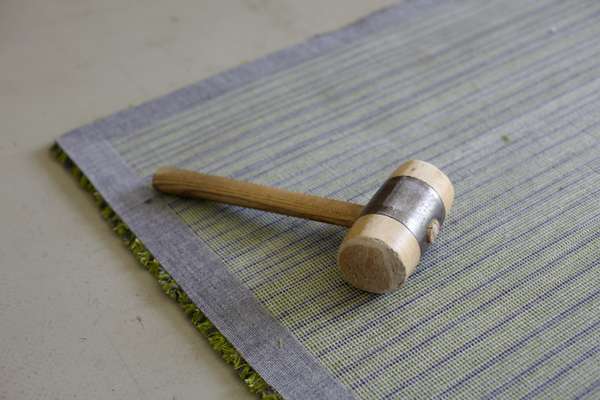
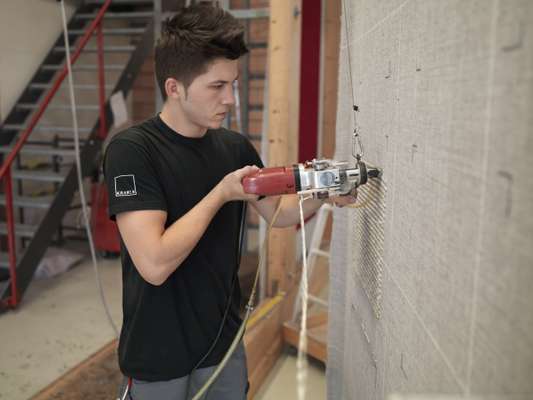
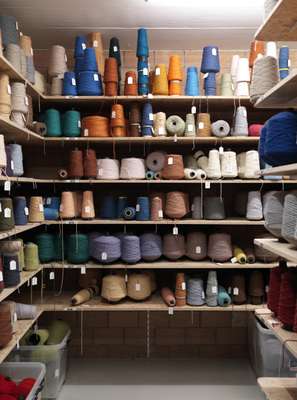
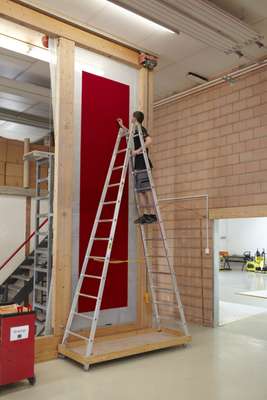

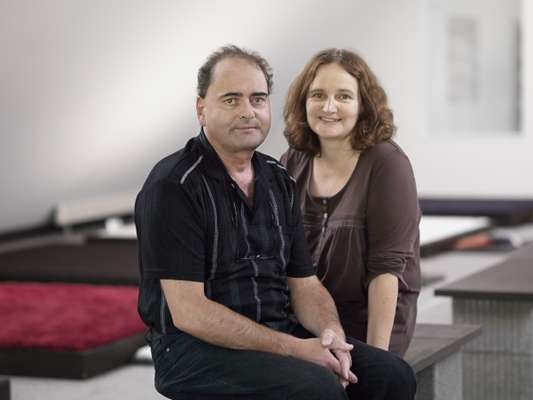
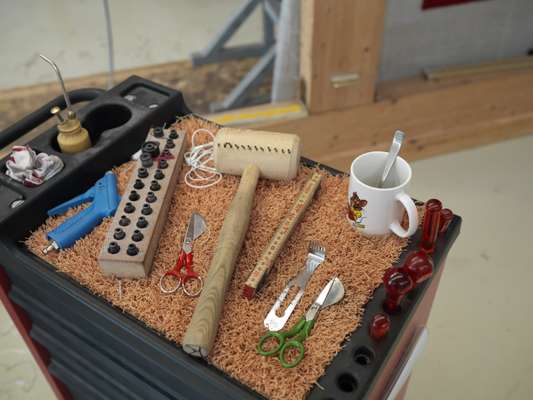
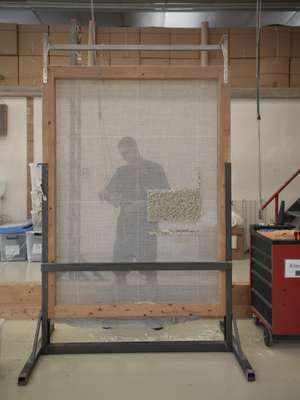
The secret of success for the family- run firm (revenue last year was over CHF3m or €2.85m) lies in the hand-tufting process, a technique dating back to the 19th century that only a smattering of carpet firms still use. Kramis employees take two years to master the skill and are trained by the 51-year-old company owner Felix Kramis.
“We have created the profession of hand-tufters in Switzerland,” he says. “Before we started our business it didn't exist here. So everybody we employ and train we know will be working for us for a very long time. If they want to stay in Switzerland that is.”
Before a carpet is made, the right wool must be selected. Kramis relies on Huttwil – a woollen mill in the neighbouring village that has developed a sturdy but softly spun wool that uses raw materials from New Zealand, Australia and Switzerland. “The exact formula is top secret; even I don’t exactly know it,” says Felix. Next, the wool is transported to eastern Switzerland and Berne where it is dyed from a selection of 200 colours before making its way back to the workshop to finally be tufted.
In a time-consuming process, the carpet base is first mounted onto a vast wooden frame measuring 11.5m by 5m and then the hand-tufter uses a drill-like instrument. With utmost precision, each strand of wool is then looped onto the carpet base at a high speed using the drill. The skill lies in a steady hand and knowing how much pressure to apply when looping, which varies depending on the strength and texture of each individual batch of wool. It would be impossible to get machines to do the work.
“The amount of people who can afford our products is limited, even in Switzerland,” says Felix whose carpets cost between €2,800 for a small rug to €14,000 for a living room carpet. However, demand continues to grow and last year Kramis hand-tufted enough rugs to cover an area the size of a football field.
For now, however, the firm has decided not to expand internationally and only exhibits at the biennial Swiss fair Designers’ Saturday. Felix is also concentrating on passing on his legacy to his two sons Daniel, 19, and Tim, 14, who regularly pitch in on the factory floor.
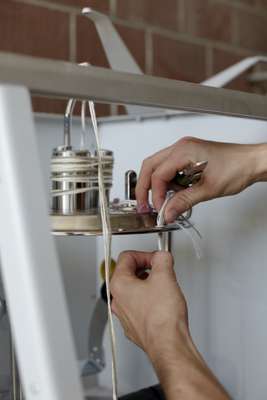
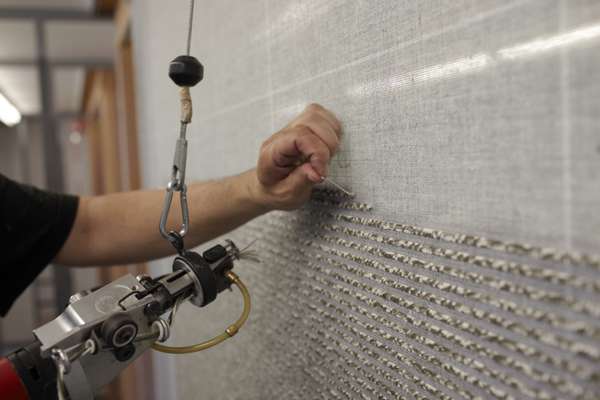
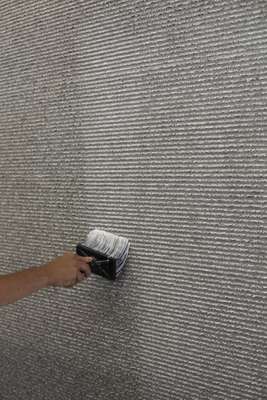
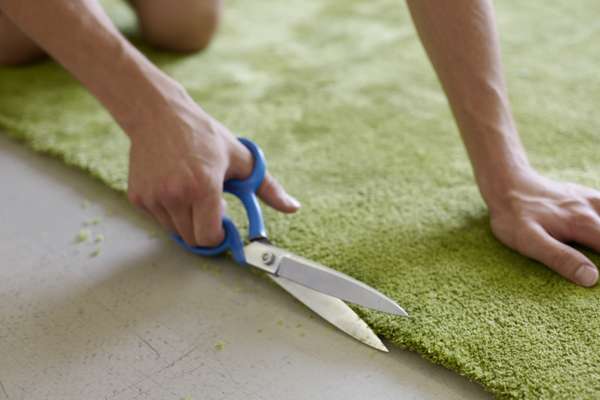
The process
1.
Wool selection and framing
The base of the carpet (made from polyester) is mounted in one of the six frames in the workshop and wool is prepared for tufting.
2.
Hand tufting
Layer by layer the wool is looped firmly around the base. Mastering the traditional art of hand-tufting takes as long as two years.
3.
Strengthening
After the tufting, the carpet is strengthened with a thin water-based formula which is imported from neighbouring Germany.
4.
Trimming
Excess wool is trimmed by hand using scissors and the carpets rest in the workshop for at least 24 hours to allow strengthening liquid to set.
Firm favourites
Switzerland
Isabel Bürgin
This independent carpet designer creates woven carpets from her studio in Basel. Production runs are small and many carpets are custom-made in materials such as alpaca or sheep’s wool, specially spun and dyed by a small wool processor in Prättigau. Bürgin’s five basic carpet models come in 40 colours.
isabel-buergin.ch
Ruckstuhl
A family-run firm dating back to the 1880s whose products are naturally sustainable. “When my family started working with coconut fibre, ecology hadn’t even been heard of,” says CEO Peter Ruckstuhl. “There just weren’t any other materials available.” In the 1970s, the company expanded from hard fibres into natural wool and goat hair.
ruckstuhl.com
Création Baumann
This 125-year-old Langenthal firm began as a linen purveyor. Today, this independent company, run by the fourth generation of the Baumann family, manufactures fabrics for interior decoration and curtains in addition to carpets.
creationbaumann.com


